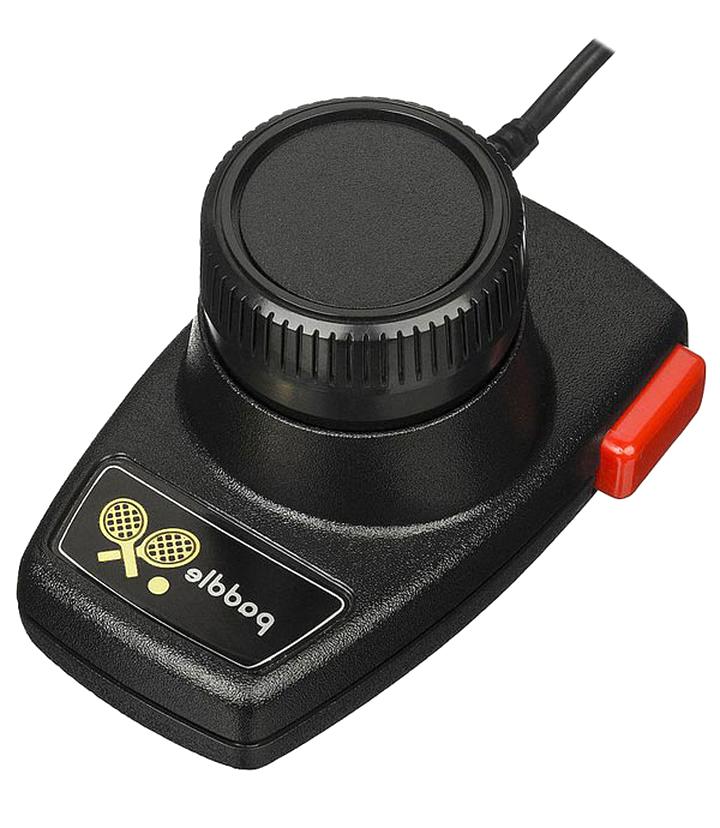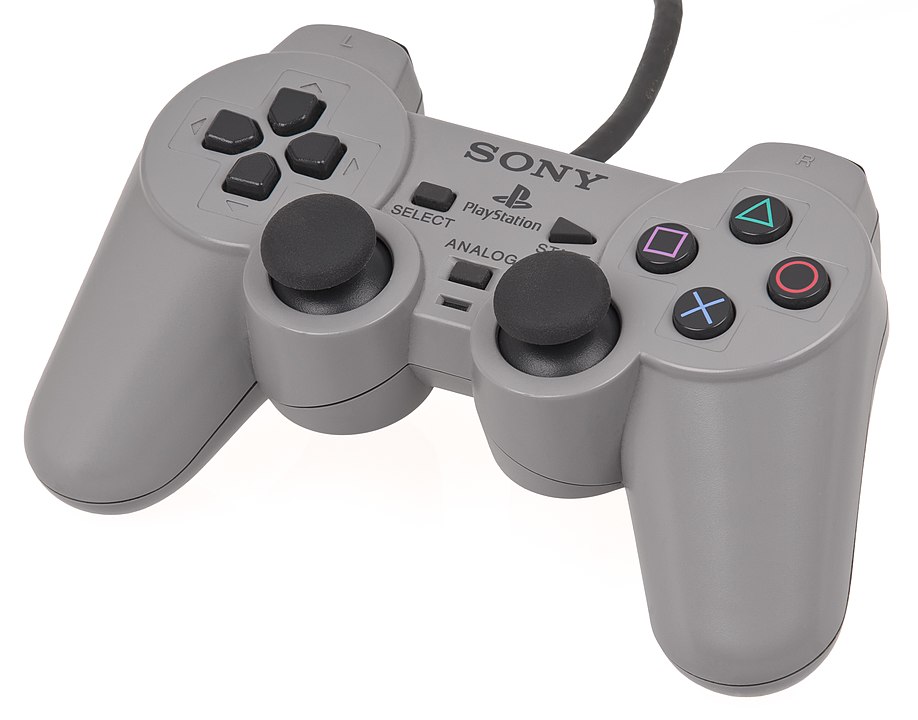Slightly Random Interface Thoughts
Not the normal fare for my blog, but my mind makes all kinds of weird connections after work, I suppose attempting to synthesize things. Occasionally it leads me down a road I think is interesting. Today it had me thinking about interfaces.
When I was very young, everyththing (TVs, radios, stereos, etc) had analog controls - mainly 2 kinds, switches and knobs. Almost everything was controlled and tuned by big physical knobs. Some of my grandparents things were probably 25 years old by then, and that's how they worked. While "new stuff" at the time certainly had differences, there was a definite "sameness" to it. They were mainly switches and dial knobs. We were tweaking, more or less, the same old things, for a pretty long time.
That makes sense on a whole lot of levels - it has benefits. You know it works. Your users understand how to use it. It's proven.
Of course, there were improvements or experiements at the edges: Minor evolutions of varying degrees. Maybe they moved the size or shape of knobs, or gave you additional knobs for different kinds of fine-tuning.
But then, sometimes something was interestingly new. The first takes are almost always not great, but they inspire other ideas. Ideas from all over start to mix and smash together and, ultimately, we get a kind of whole new "species".
My 4k smart TV is about as different from my grandmother's TV as you can imagine. It's a few speciations removed.
Human Machine Interfaces
Really, that's the case with pretty much everything we use to interface with machines, whether it is a physical interface, or a digital one. Nothing stays entirely the same. Comparing Windows 3.1 programs to their counterparts today, for example, would show you lots of variation and evolution in controls. Last year we wrote up some documentation surrounding research while working on "tabs" and if you breeze through it a bit, you can see a bit of discussion showing a fair bit of evolution and cross influencing over the years for just that one control.
But, what connected in my mind was something else entirely: "Game controllers". I say "game controllers" because historically, again, there is a lot of cross pollenation of ideas - these things often wind up being used for far more than just games. Indeed, in many of these devices they are your primary interface to a whole immersive operating system. That's basically your entire means of interacting with Igalia's new Wolvic Browser, for example, which is geared toward XR environments like this. It's interesting how we've smashed ideas from lots of different things together here and it's got me to thinking about the changes I've seen along the way.
Brief recollections
Way back, before my time, people started making games on computers (PDPs) with SpaceWar! That's just a neat thing you can learn a bunch about here if you want and see in action..
You can see though that our ideas were very rough - maybe you could repurpose keys on a keyboard or, as they did in the video - wire on/off buttons for everything: a button to turn left, a button to turn right, a button to fire, a button to thrust, etc.
By the time I was a kid we'd popularly moved on to Pong and pong-like games which had a physical knob, initially on the device itself. Later we'd separate those into physical corded paddles and add a button. Ohh, neat.

Very quickly came many takes on a joystick with a button (or two). Again, some tried more radical takes, like CalecoVision, which had a short stick with a fat head, two side triggers at the top of a whole number pad!

But, really, "a joystick that you 'grab' with one hand and a button or two" became the dominant paradigm. They had a definite "sameness" to the Atari 2600 model.

And for a the next several years most things just tweaked this a little bit. It was applied in arcades and on home computers and "game systems", but those ideas also wound up being applied to things like controlling heavy machinery.
Then, suddenly in the mid 1980s the original Nintendo was introduced here in the US. It said "Joystick? Hell no. They don't bring us joy." Instead, it introduced the d-pad, and two primary buttons, and two 'special' non-gameplay buttons arranged in the center. This was kind of the first big change in a while.

And then came some tweaking on the edges... A little bit later and we got the super Nintendo which gave us 4 gameplay buttons instead of two.

Then came something more radical. The 64 which came with a Frankenstein dpad + tiny thumb operated joystick and nine game play buttons, as well as radically changing the physical shape into some kind of monstrosity introducing "handles". Holy crap, what a monstrosity.

Then in 1997 we got the Playstation 1 controller: A d-pad, two thumbsticks with better shape and placement and basically 8 buttons - and... better handles.

What struck me was...
Wow - 1997 was a quarter of a century ago! A bit like my grandmother's radio, while there are certainly differences, I feel like there is a definite 'sameness' to controls for game systems today. They have many other kinds of advances - haptics, pitch and roll stuff, a touch pad inspired by other innovations, and now in the ps5 some resistance stuff... But really, they are very similar at their core in terms of how you interact with them, and these have all been bolted on at the edges. Anyone who played PS1 games could pretty easily jump into a PS5 controller. And there's a lot of good to that. It clearly works well.
But then, suddenly, all of these XR devices did something new and different... Just like all of the other examples, they're clearly very inspired by the controllers that came before them but because they really focus on the sensors as a primary mechanism rather secondary, they've basically split the controller in half.

A few of my favorite games blend them rather nicely, allowing you to use the left thumbstick to walk around as you would in any game, but control your immediate body with movement. I have to say, this feels kind of more natural to me in a lot of ways - a nicer blend.
I have to wonder what kind of other uses we'll put these kinds of advancements to - how the ideas will mix together. Very possibly XR will continue trying to free you up even more, maybe these controls won't even last long there. But, they're clearly on to something, I think - and I can easily imagine these being great ways to do all sorts of things that we're still using the current "normal" gamepads for - and a lot more.
I'm excited to see what happens next.
